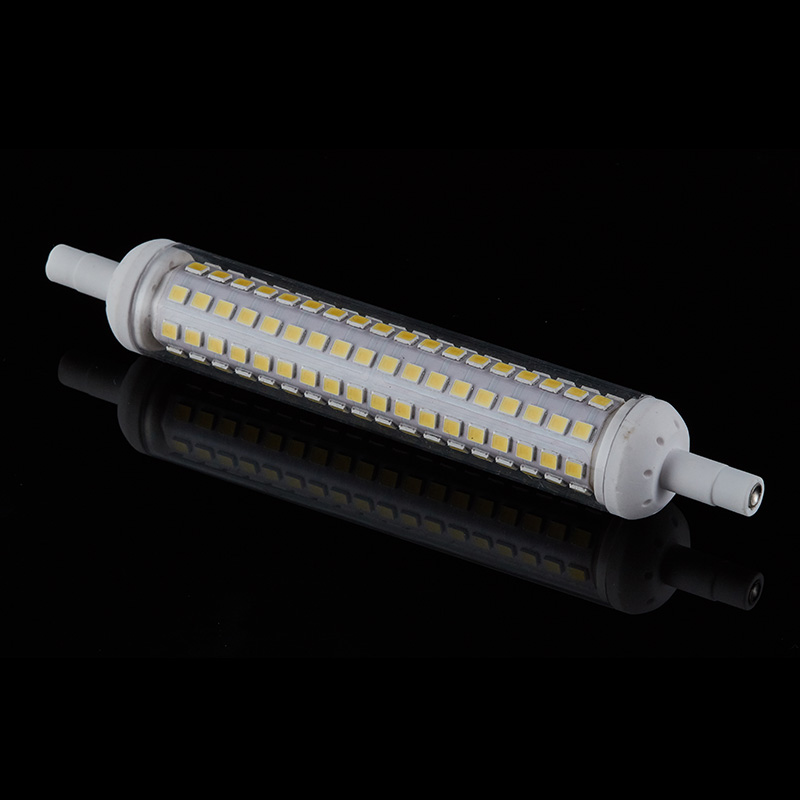Terminal blocks are used industry wide and often thought of as a simple component to connect one wire to another. Most of the time that is exactly the case. However, there are many different varieties of terminals that users can consider, including additional functionality such as fusing, disconnect, or electronic components for unique circuit applications. Those looking to protect against short circuits and ensure a fail-safe system operation can easily do so with an expanded offering of functional terminal blocks within the TOPJOB® S family from WAGO. They feature the industry proven Push-in CAGE CLAMP® spring pressure connection technology with the added benefit of a push-button.
“These terminal blocks are designed to give users more functionality and increased flexibility within their terminals, allowing multiple options for testing, circuit protection, and pluggable accessories,” says Clayton Windsor, WAGO’s product manager for DIN-rail mount terminal blocks. “When it comes to testing or circuit protection, the TOPJOB® S series offers users that and more in the same footprint as a standard, through terminal block.” Industrial Socket

These disconnect terminal blocks for test and measurement are available in a few variations such as a highly visible, orange pivoting knife disconnect, an easily removed pluggable disconnect, or a pivoting fused disconnect, depending on the application requirements. Fuse holder and fused disconnect terminal blocks are available for mini-automotive style fuses and 5×20 mm glass fuses. Therefore, whether or not additional protection is required, users can quickly disconnect and test their circuits without removing the wires. Additionally, users can consider adding carrier terminals, which allow for the adoption of fuse plugs and electronic component plugs for diodes, LEDs or resistors. Pluggable modules can even be assembled with a small, custom PCB for those unique circuit applications.
“WAGO is providing a solution for those unique circuit applications that would benefit from fusing or disconnect, or even from smaller PCB pluggable solutions,” adds Windsor.
When considering other components and devices that are commonly found in industrial control cabinets, many areas benefit from additional functionality in a through terminal block. For example, when using PLC input or output cards, disconnect terminals give the user the ability to isolate a circuit for troubleshooting or testing a current signal.
Fused terminals provide overcurrent protection for both digital and analog inputs and outputs, often recommended or required to have one fuse per module. A pivoting fused disconnect allows the field wiring to be conveniently isolated for testing and maintenance. Carrier plugs allow for the addition of directional diodes for circuit protection against reverse polarity.
Power supplies can benefit from fusing or pluggable circuit breakers to protect against incoming voltage. Moreover, applications with power supplies often involve instruments or devices downstream, such as cameras, sensors, or relays, which can usually benefit from additional fused protection.
“As the inventor of the CAGE CLAMP®, we started in this industry setting new standards for safety and reliability. That is still our commitment today. For example, when replacing a fuse in our pivoting fuse holder… simply pivot the holder to the open position to safely disconnect the circuit, open the cover and the fuse is safely ejected… no need to pry out the fuse. This holder also accommodates a spare fuse so that replacement is convenient and seamless,” says Windsor.
He adds, “These functional terminal blocks further support our mindset of being a solution provider by adding value to our customers’ applications.”
WAGO’s new TOPJOB® S rail-mount terminal blocks offer additional functionality and increased flexibility in the same footprint as a standard through terminal block.
Browse the most current issue of Design World and back issues in an easy to use high quality format. Clip, share and download with the leading design engineering magazine today.
Top global problem solving EE forum covering Microcontrollers, DSP, Networking, Analog and Digital Design, RF, Power Electronics, PCB Routing and much more
The Engineering Exchange is a global educational networking community for engineers. Connect, share, and learn today »

Led Fitting Types Copyright © 2023 WTWH Media LLC. All Rights Reserved. The material on this site may not be reproduced, distributed, transmitted, cached or otherwise used, except with the prior written permission of WTWH Media Privacy Policy | Advertising | About Us